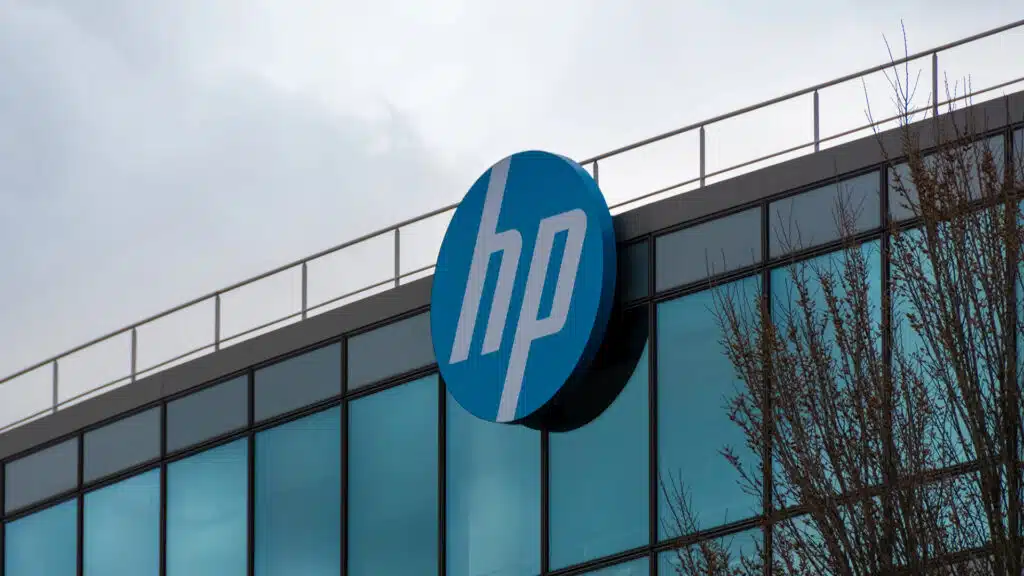The News: Juniper a supplier of secure, AI-driven networks, announced Apstra Freeform, the newest expansion to its multivendor data center automation and assurance platform. This capability is designed to allow Juniper’s enterprise, service provider and cloud provider customers to manage and automate their data center operations regardless of topology and protocols used. Read the Juniper Press Release here.
Juniper Boosts Data Center Management and Architectural Flexibility with Apstra Freeform Launch
Analyst Take: Juniper unveils Apstra Freeform with the primary portfolio development and marketing objective of unifying experiences, especially across multi-vendor environments, and automating key data center workflows as the single source of truth for data center configuration. Through the new Apstra Freeform solution, Juniper is addressing customer top priorities centered on increasing workload speed, managing supply chain constraints, and growing complexity.
Apstra is designed as a single data center management and automation platform for design, deploy, and operational processes. With Apstra Freeform, Juniper now supports any vendor, any typology, and any data center versatility for customers. For example, I see Apstra Validated Data Center Reference Designs giving users both the DIY and prepackaged deployment assurances needed to broaden their automation and management capabilities across their data center fabrics.
I also view Apstra licensing flexibility as instrumental in accelerating acceptance of new Apstra Freeform capabilities. Juniper offers Apstra licensing using 1/3/5 years per managed device options including basic configuration and operations (Standard), full operations, assurance, and intent-based analytics (Advanced), and large scale, multi-vendor, and policy control (Premium) In today’s increasingly intricate data center environments, I expect right-sized licensing to ease multivendor data center automation and management builds.
Key Takeaways: Juniper Apstra Freeform Debut
Overall, I believe Juniper Apstra Freeform is well-positioned to ensure customers attain consistent, reliable data center operations through its continuously validated, intent-driven blueprints which extend across multi-vendor implementations. From my view, the unveiling of Aprstra Freeform gives Juniper new sales and marketing momentum by offering a new dose of typology and protocol independence, particularly against rival solutions such as Red Hat Ansible Core, NetBrain, and Cisco PL LMS, as data center automation and management competition intensifies in the rapidly evolving data center realm.
Disclosure: Futurum Research is a research and advisory firm that engages or has engaged in research, analysis, and advisory services with many technology companies, including those mentioned in this article. The author does not hold any equity positions with any company mentioned in this article.
Analysis and opinions expressed herein are specific to the analyst individually and data and other information that might have been provided for validation, not those of Futurum Research as a whole.
Other insights from Futurum Research:
Juniper Expands Cloud Metro Portfolio to Power Sustainable Business Growth
Juniper Ups SASE Proposition and Stirs Competition with CASB and DLP Additions
Juniper Reveals Data Center Intentions with Apstra Acquisition
Image Credit: Techzine Europe
Author Information
Ron is an experienced, customer-focused research expert and analyst, with over 20 years of experience in the digital and IT transformation markets, working with businesses to drive consistent revenue and sales growth.
Ron holds a Master of Arts in Public Policy from University of Nevada — Las Vegas and a Bachelor of Arts in political science/government from William and Mary.







